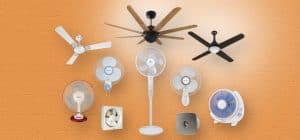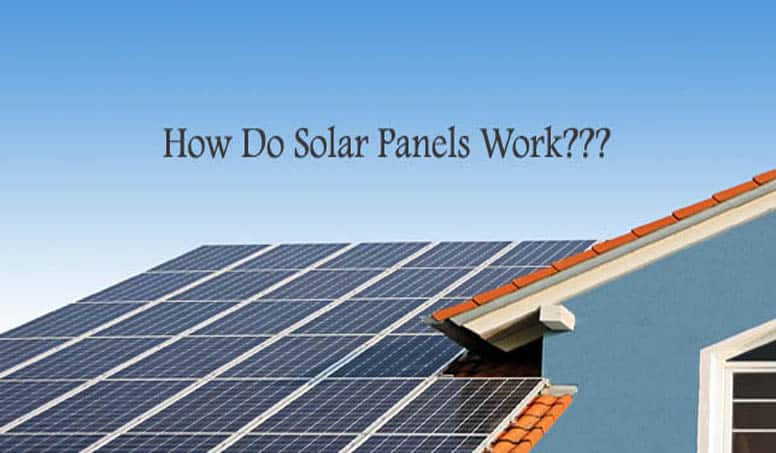
Do you want to install a solar panel in your home and use it to generate electricity? If yes, you should know that the energy provided by the sun for one hour is enough to meet the world’s energy needs for a year. You’ve certainly heard that solar energy is good for the environment, but have you ever wondered how do solar panels work? and how does it benefit you?
Solar panels can convert 15% to 22% of solar radiation into usable energy, depending on factors including location, orientation, weather, and other circumstances. In this article, we shall have a look at, What is solar energy? What are solar panels?, What are the types of solar panels and how do solar panels work? Let’s begin, shall we?
What Is Solar Energy ?
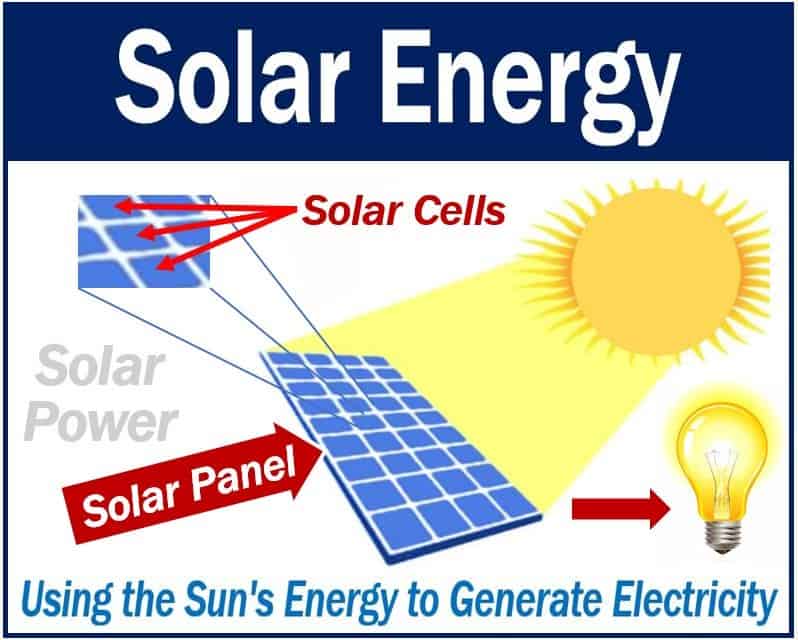
Solar energy is a renewable energy source that is created by leveraging the sun’s heat and light. Solar panels, also known as photovoltaic cells, are the most common method of capturing solar energy. Solar energy is the most environmentally friendly and cost-effective form of electricity currently available to mankind.
What Are Solar Panels ?
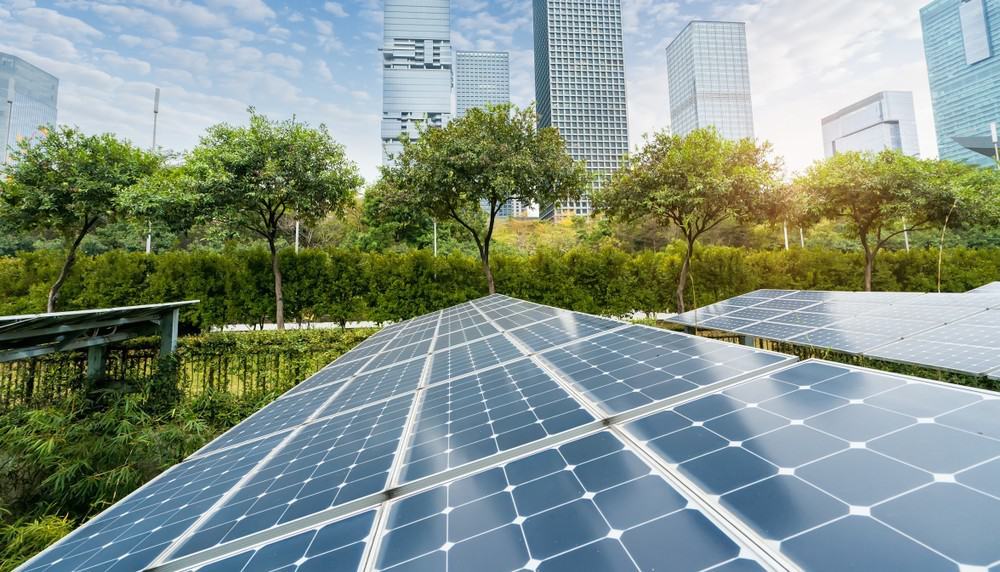
Solar panels are the panels that convert sunlight into electricity, which may be used to power electrical loads. Sunlight is made up of energy-bearing particles known as photons. Solar panels can be utilized for a variety of functions, including cabin remote power systems, telecommunications equipment, remote sensing, and solar power generation from residential and commercial solar systems.
What Is The Structure Of Solar Panels ?
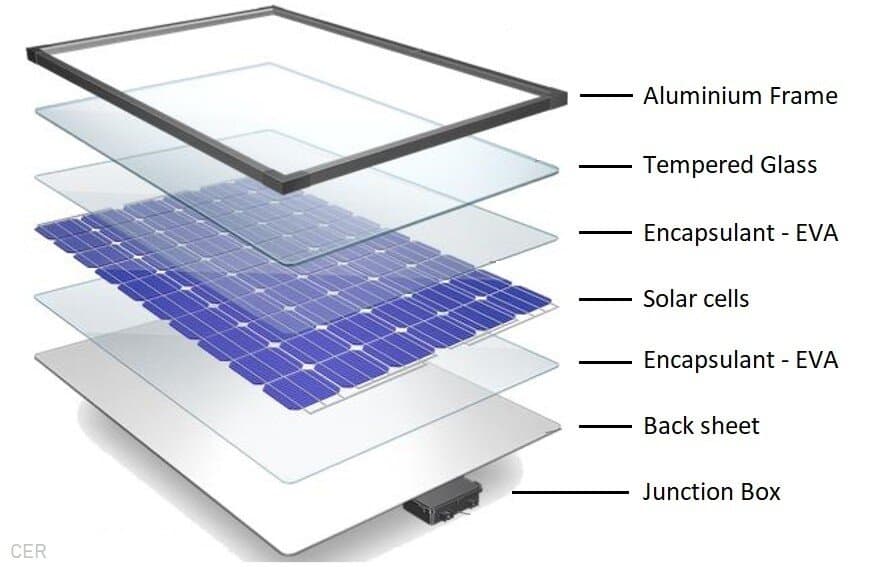
Solar panels with photovoltaic (PV) technology are composed of multiple solar cells. Solar cells, like semiconductors, are composed of silicon. They’re made up of a positive and negative layer that work together to create an electric field, almost like a battery.
What Are The Types Of Solar Panels
Solar panels are constructed of a semiconducting substance that transforms light into electricity to generate power. Silicon is the most frequent semiconductor material utilized in the solar panel manufacturing process.
There are many different types of solar panels to choose from. The solar panels listed below are some of the most efficient on the market and you can consider installing them in your home.
1. Monocrystalline Solar Panels
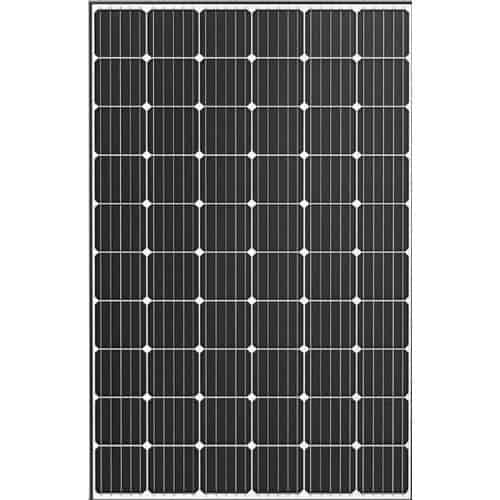
Monocrystalline silicon solar panels, also known as single-crystalline cells, are constructed of the purest silicon available. To build a long rod, a complex technique is used to create a crystal of this kind of silicon. After that, the rod is cut into wafers, which are then utilized to make solar cells.
2. Polycrystalline Solar Panels
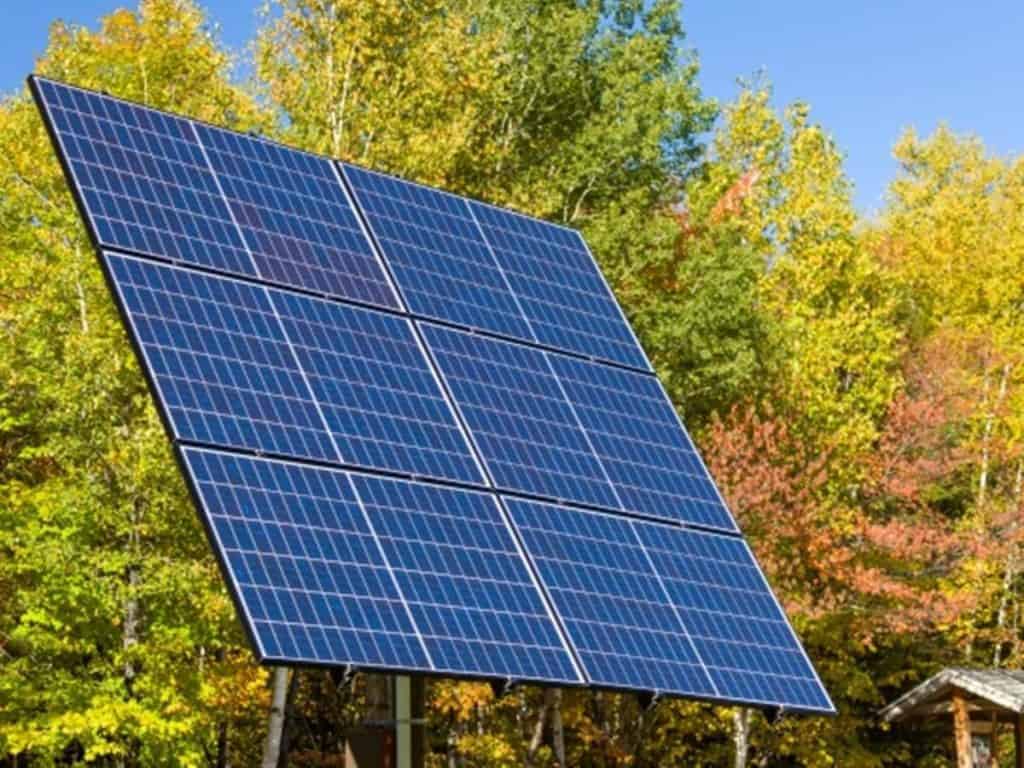
Polycrystalline solar panels, also known as multi-crystalline cells, are somewhat less efficient than monocrystalline solar panels. This has to do with the manufacturing process’s atmosphere. Rather than a single cell, silicon is generated as a block of crystals. Cutting these blocks into wafers results in individual solar cells.
3. Thin Film Solar Panels
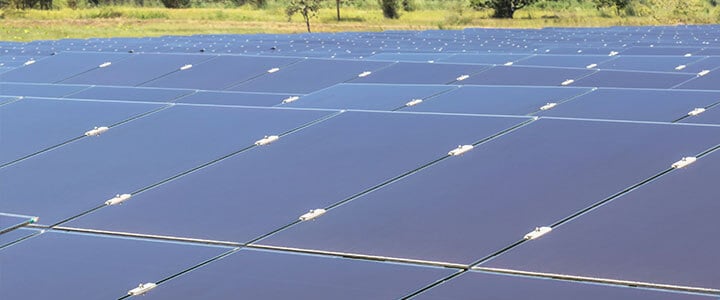
Thin-film solar panels are made by layering one or more photovoltaic materials on top of a glass, plastic, or metal substrate. Solar panels made of thin-film material are typically light and flexible. Thin-film solar panels have a higher disintegration rate than monocrystalline and polycrystalline solar panels.
How Do Solar Panels Work?
When sunlight particles knock electrons loose from atoms, a flow of electrons is set in motion, which is how a solar panel operates and creates energy. Energy is the movement of electrons, and solar panels are intended to collect this flow and convert it to a useful electric current.
Solar power generation begins with photovoltaic cells absorbing sunlight and creating direct current (DC) energy, which is then converted to usable alternating current (AC) energy using inverter technology. The AC electricity then passes via the electrical panel in your house and is dispersed as required.
How Does A Solar Panel Generate Electricity ?
Direct current (DC) electricity is provided by Photovoltaic panels. Electrons move in one way together around the circuit with DC energy. A light bulb is powered by a battery in this instance. The electrons travel from the negative end of the battery to the positive side after passing through the light.
Electrons are pushed and pulled in AC (alternating current) electricity, reversing direction regularly, just like a cylinder in a vehicle engine. When a coil of wire is twisted adjacent to a magnet, a generator produces AC electricity. This generator can be powered by a variety of energy sources, including gas or diesel fuel, hydroelectricity, nuclear, coal, wind, or solar energy.
How Does A Solar Inverter Work?
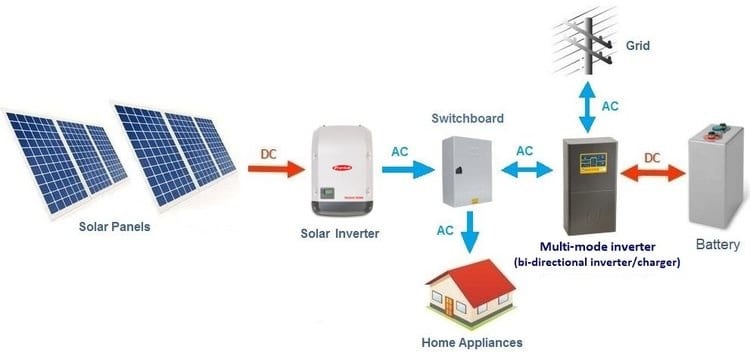
The DC electricity from the solar panel is converted to AC electricity using a solar inverter. Inverters offer ground fault prevention and system data, such as voltage and current on AC and DC circuits, energy generation, and maximum power point tracking, in addition to inverting from DC to AC power.
Since the beginning, central inverters have ruled the solar sector. One of the most significant technological developments in the Photovoltaic sector has been the introduction of micro-inverters. Unlike central inverters, micro-inverters, enhance for every single solar panel rather than the complete solar system.
To Conclude
Solar panels are quite safe to use. They’re primarily made of silicone sheets, and there’s little risk of poisons or gases seeping from the photovoltaic cells. When the sun shines, solar panels use the energy from the sun to provide a reliable source of energy for your home, giving a continuous and stable source of electricity all day.
Solar panels also provide homeowners the benefits of net metering, where you need to pay for only the amount of electricity you use. Solar panels require almost no maintenance other than cleaning regularly to keep them free of dirt and debris. While producing electricity, solar panels do not emit any noise and are eco-friendly.
Solar Panels FAQs
1. How do solar panels generate electricity ?
Solar panels create direct current (DC) power by collecting photons from the sun. When photons strike the panel’s semiconducting silicon material, they are absorbed. Electrons split from the atoms and circulate throughout the solar cell during this process. Thus Direct Current (DC) electricity is produced by the flow of electrons.
2. How do solar panels and grid connections work ?
Solar panels influence your energy meter readings when connected to the grid. If your house is wired to the grid, you’ll see an energy meter that monitors your usage of electricity. You may minimize your reliance on the grid with a solar panel system by storing energy from solar electricity or making use of the credits offered by net metering.
3. Do solar cells require an inverter ?
Solar cells require an inverter since a solar inverter converts DC to AC power, allowing you to utilize solar energy in your house or company. When sunlight hits your panels’ solar cells, DC electricity is produced, which cannot be used to power your home’s appliances. It must initially be converted into the more widely used AC by an inverter before being utilized to power your gadgets.





